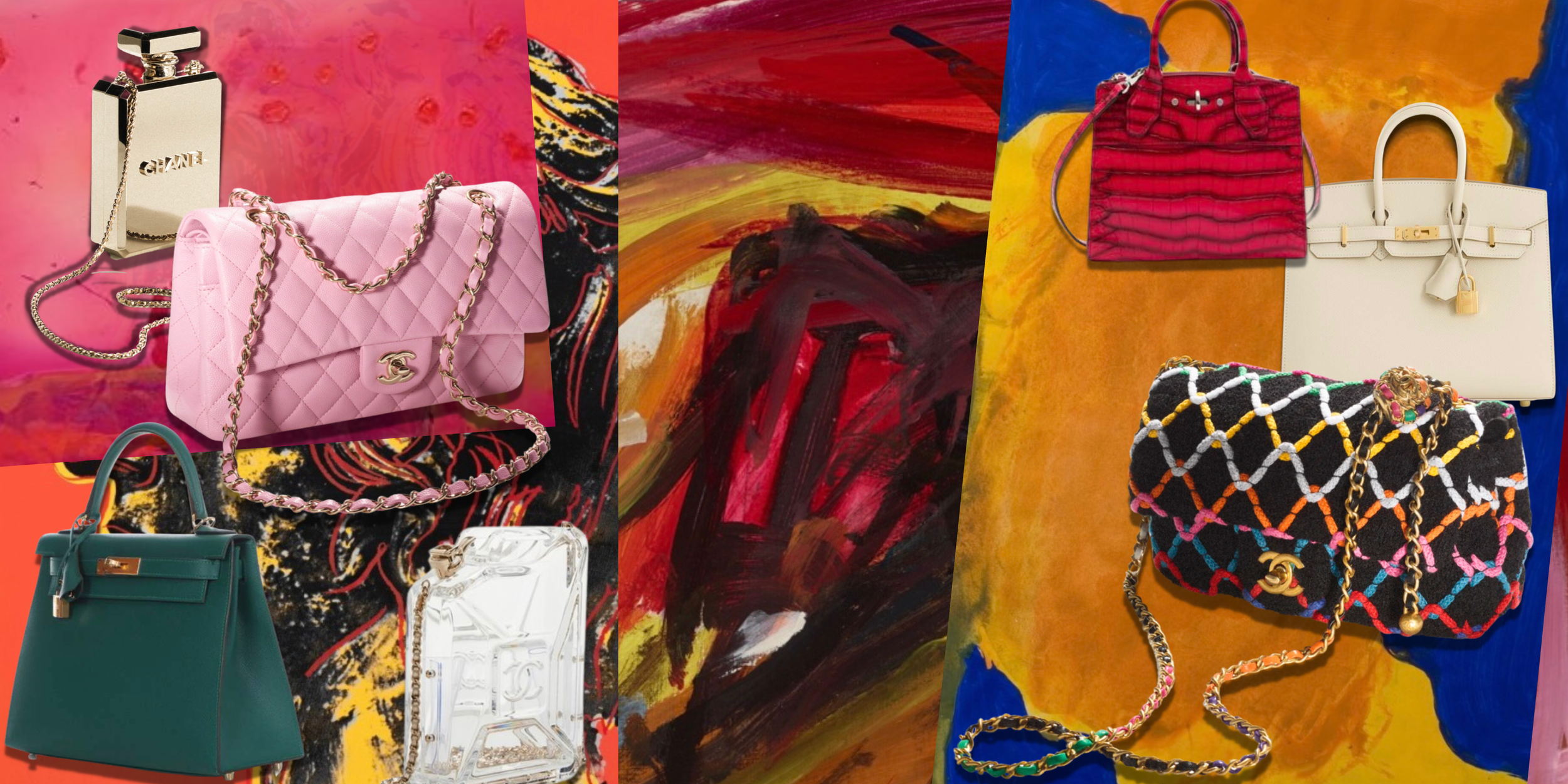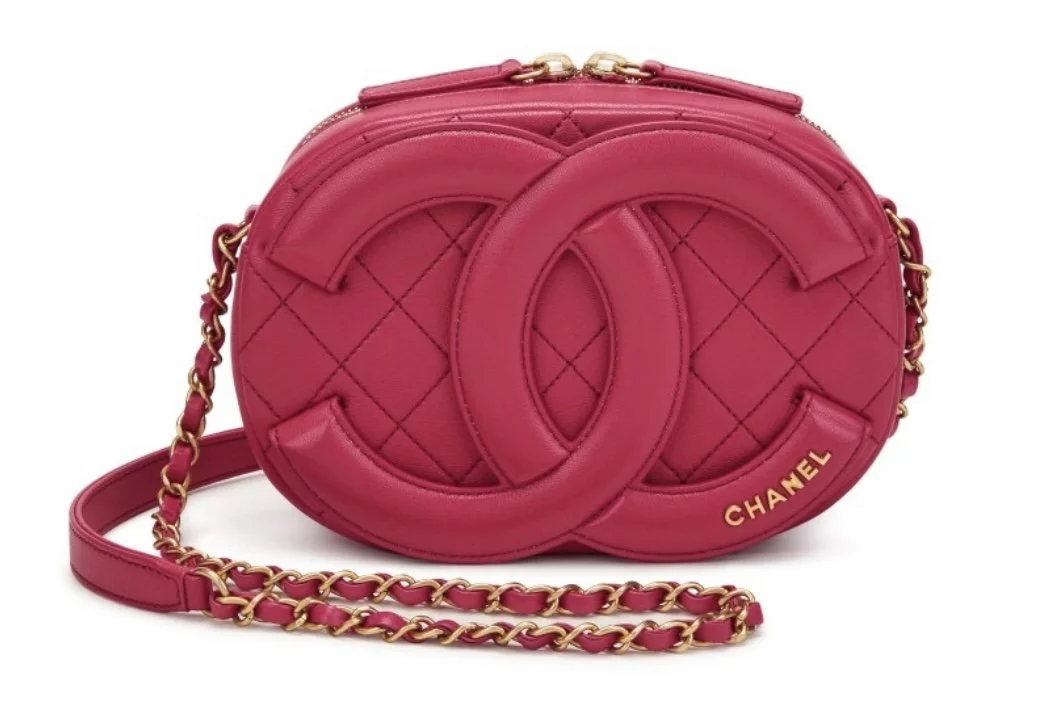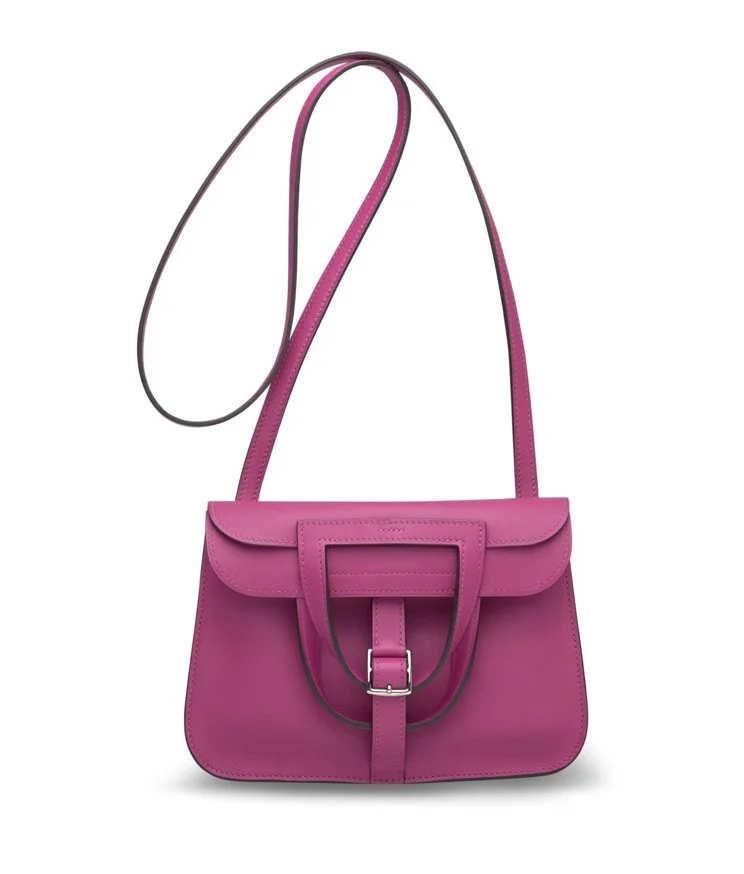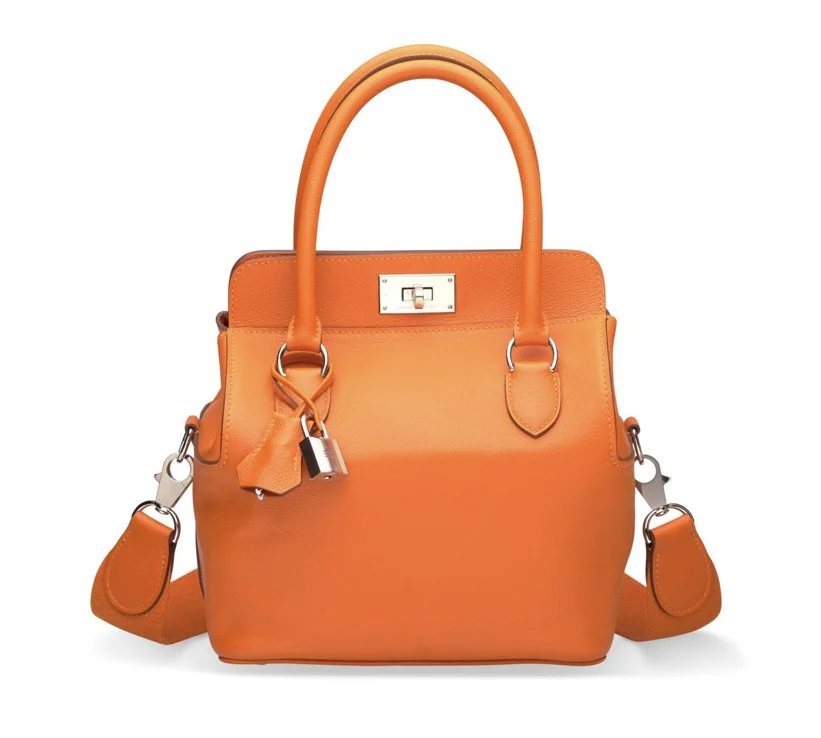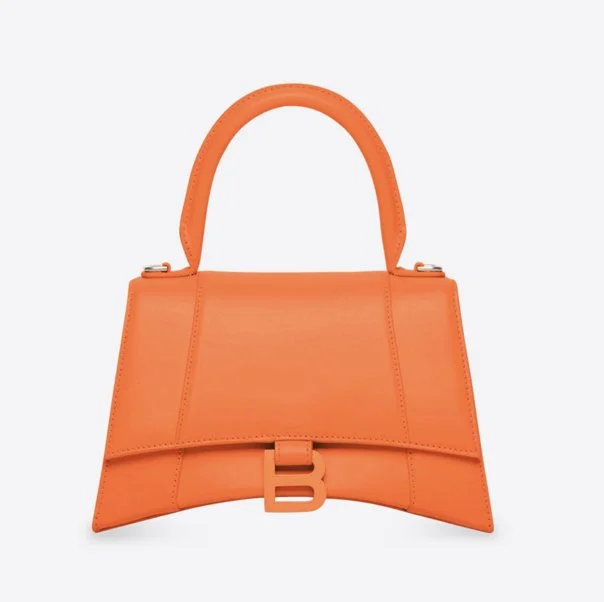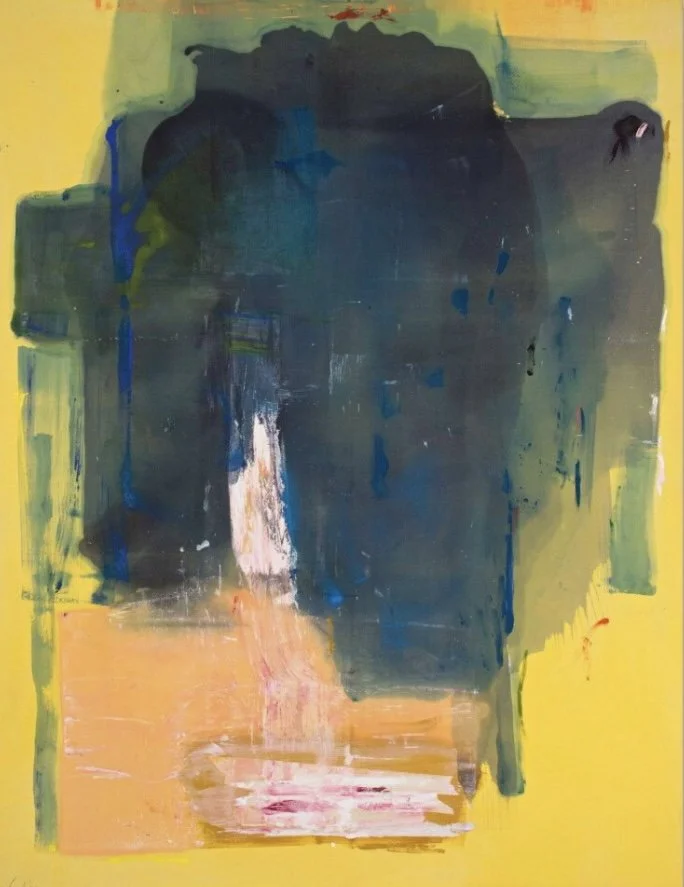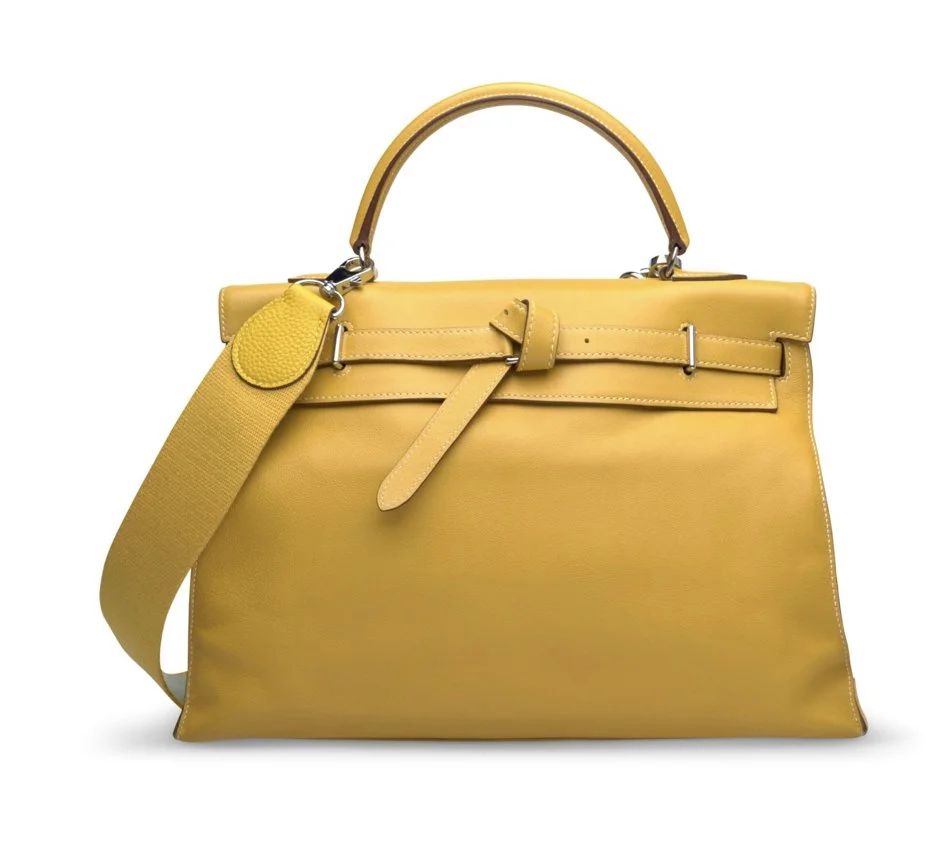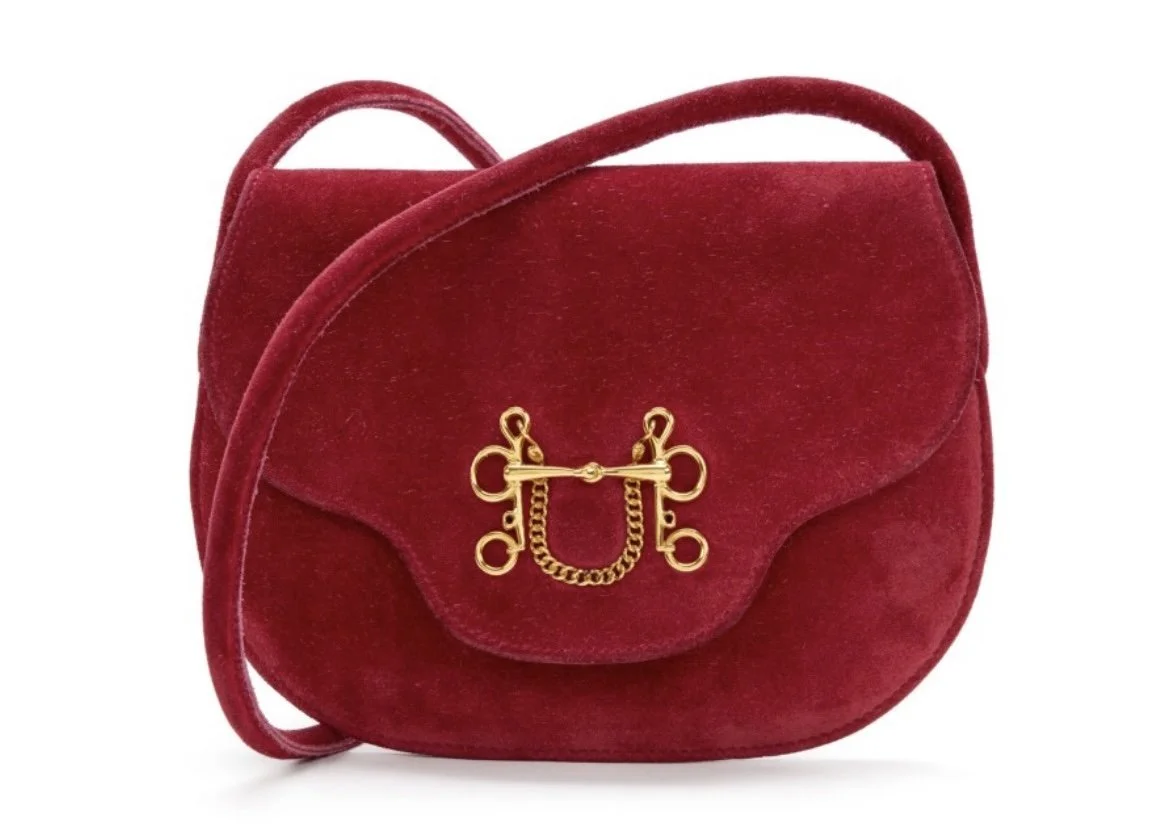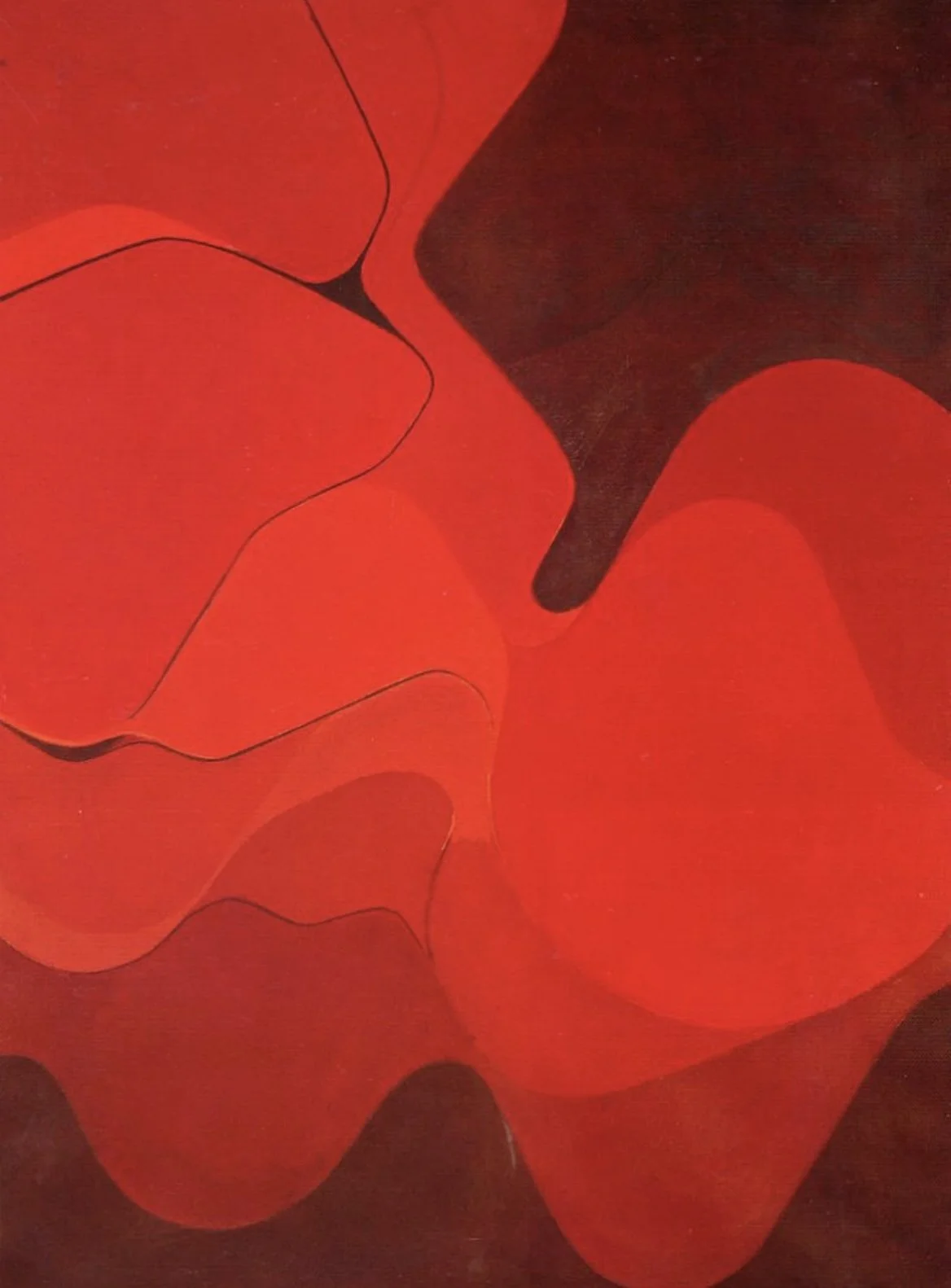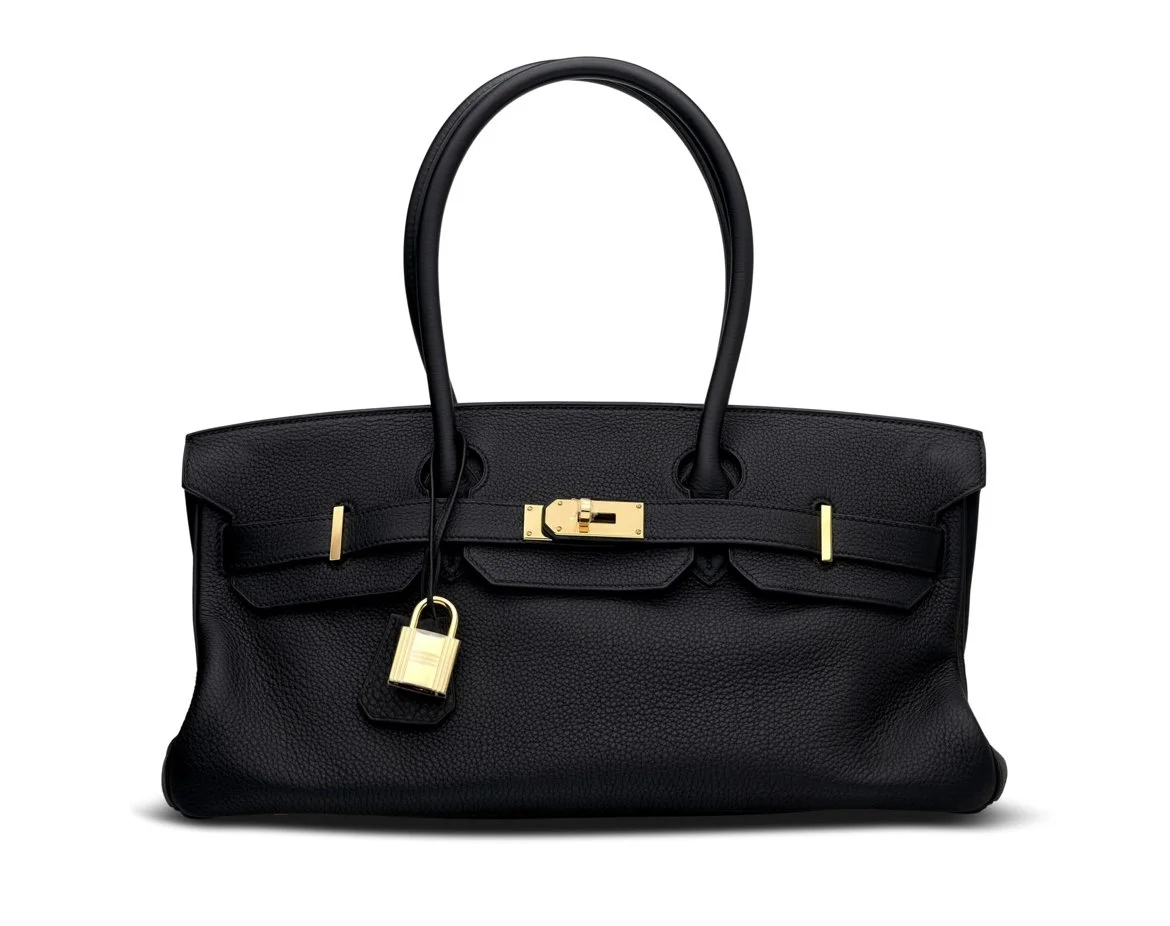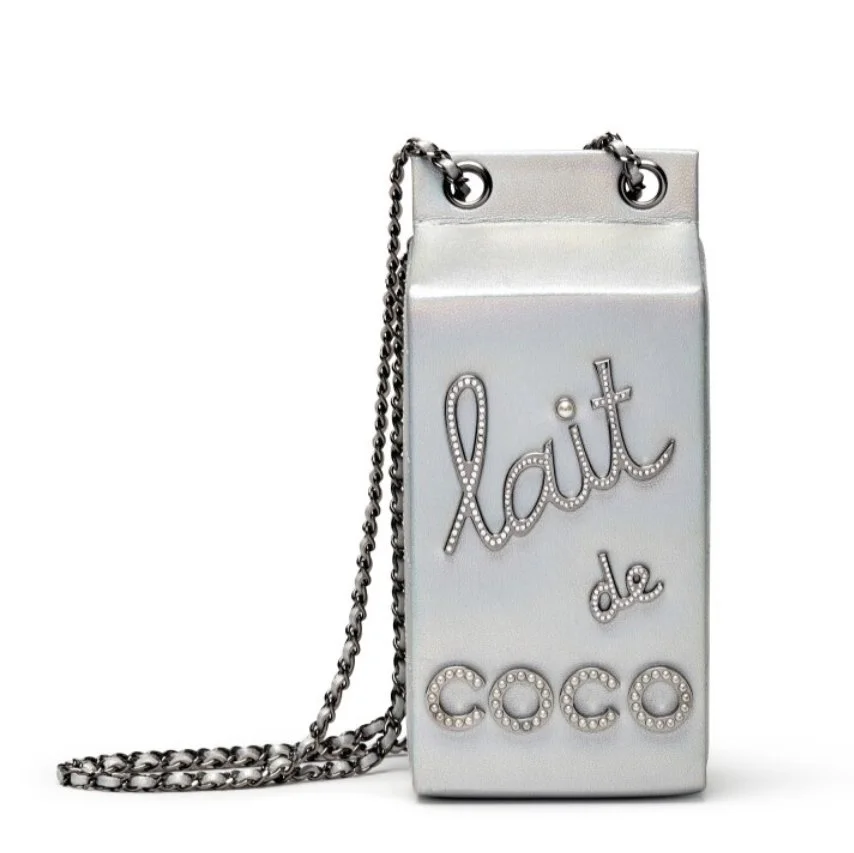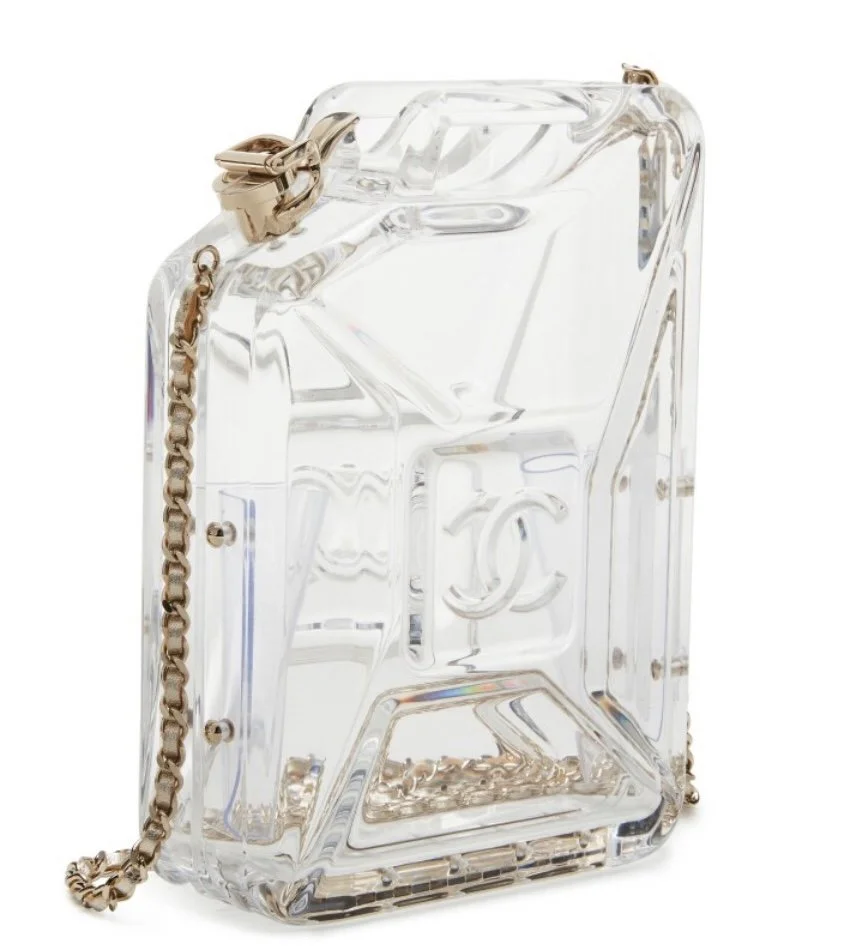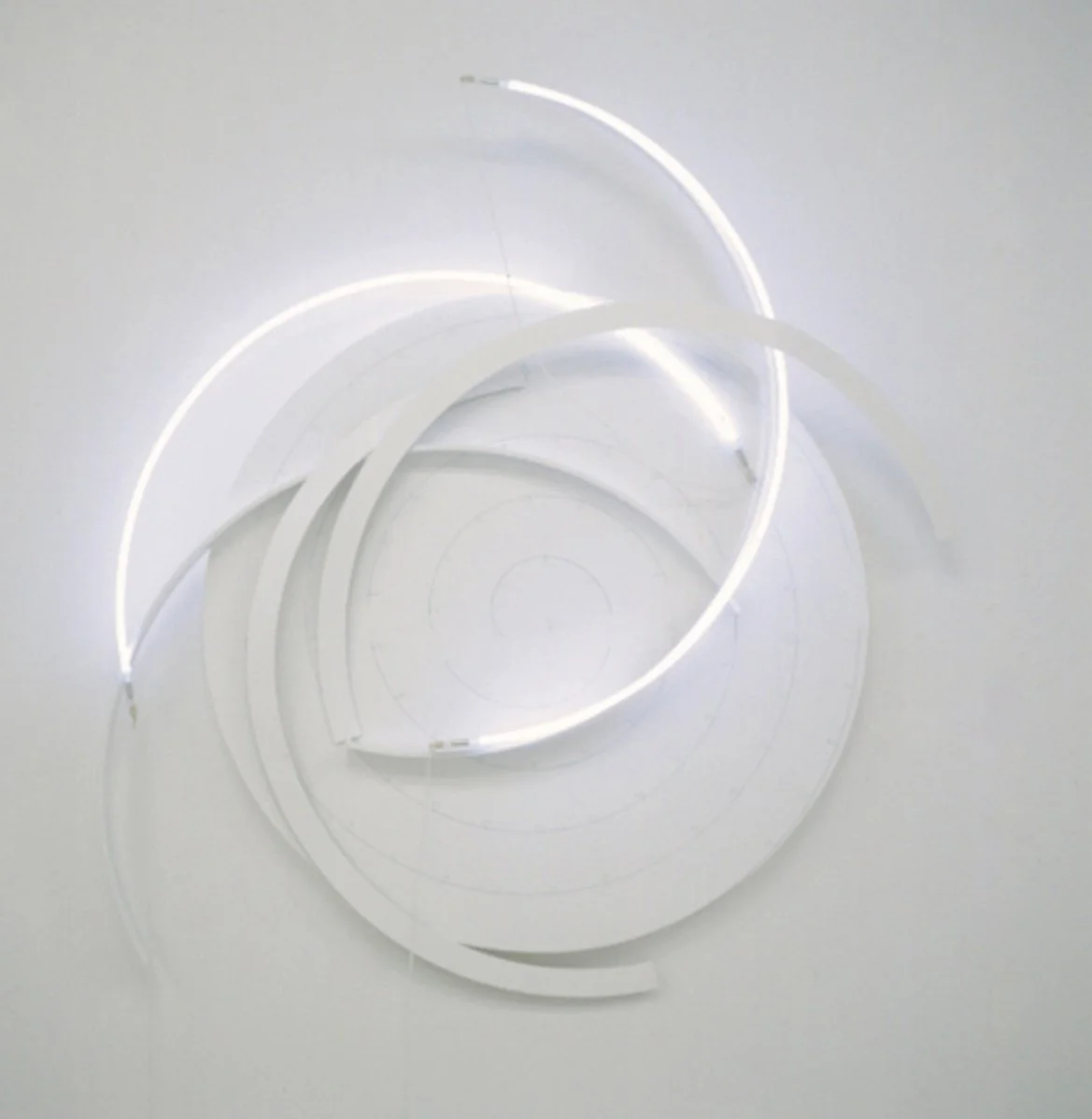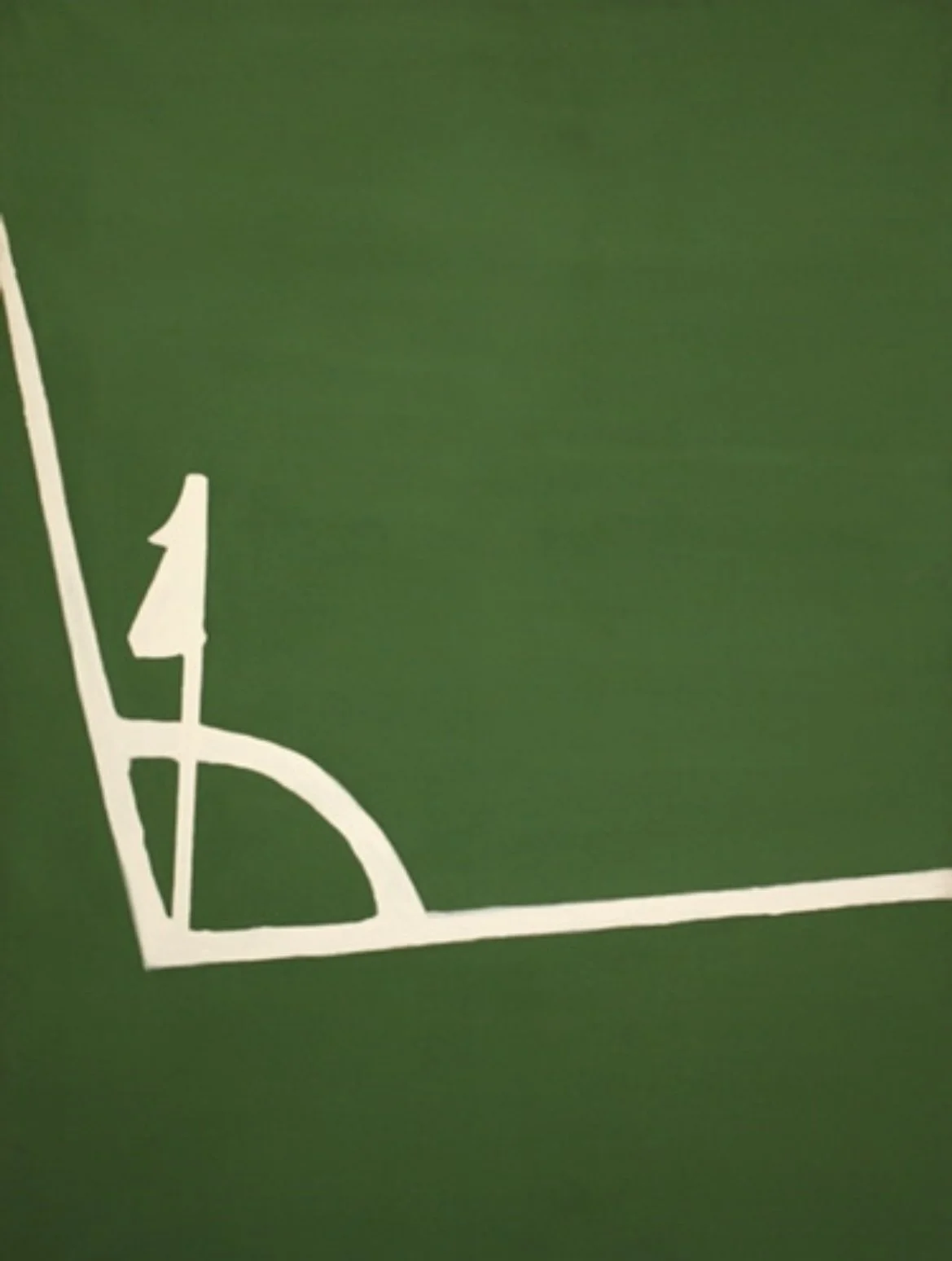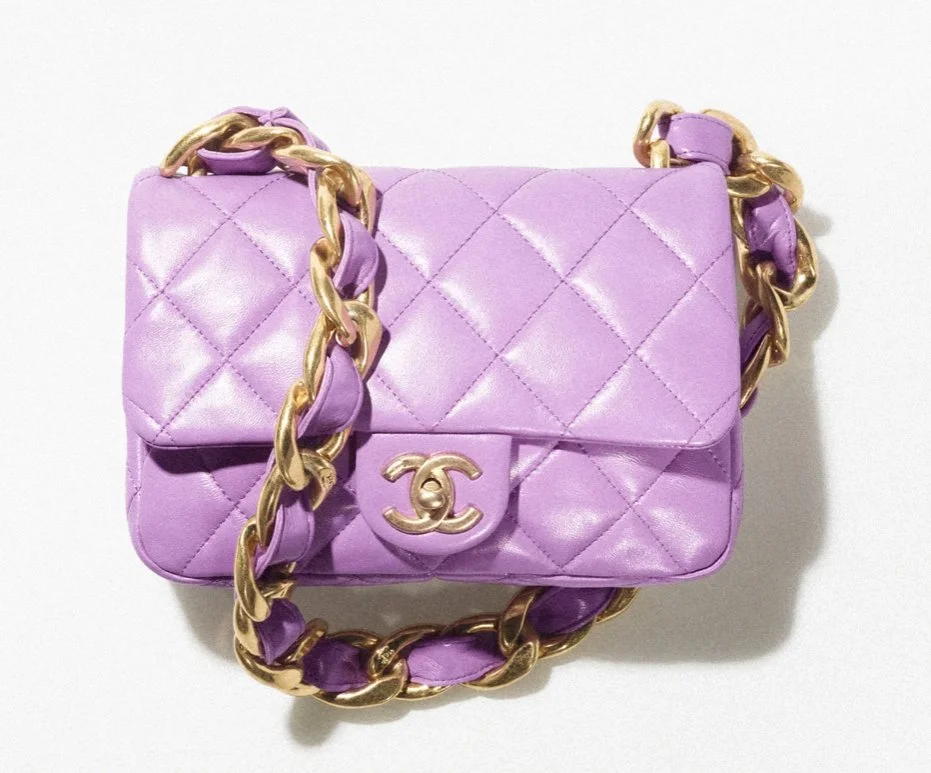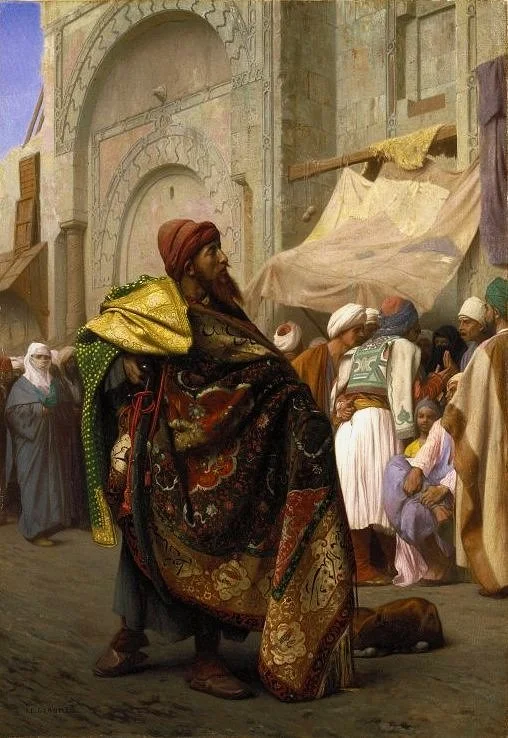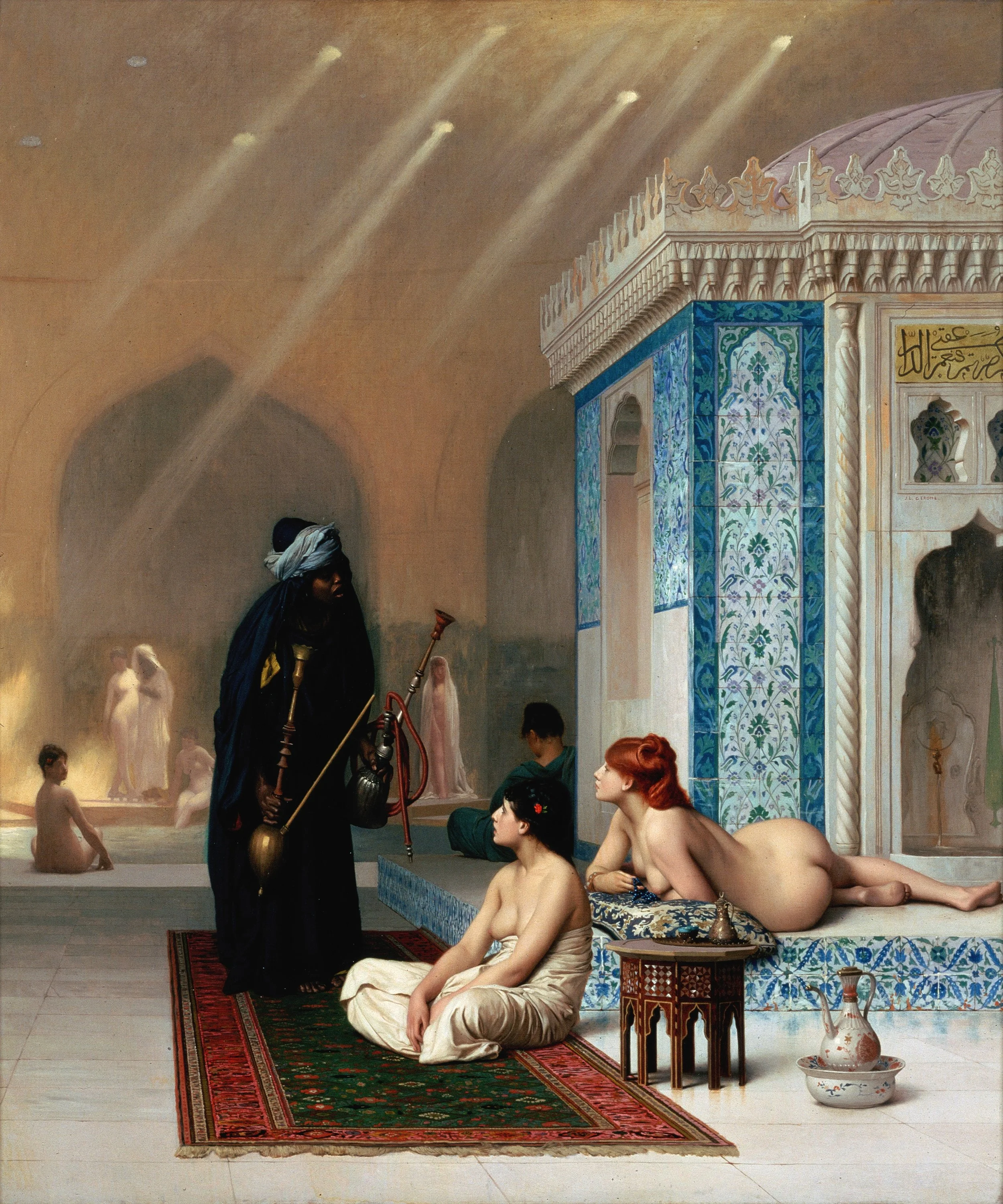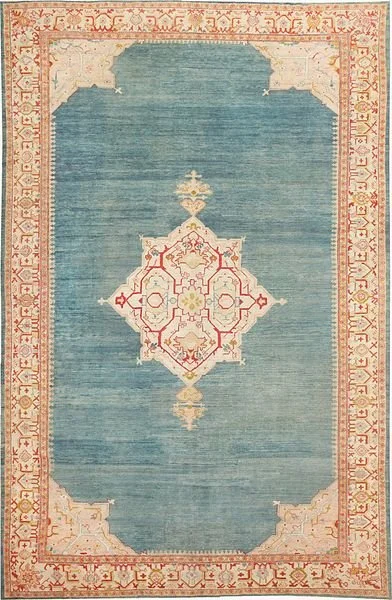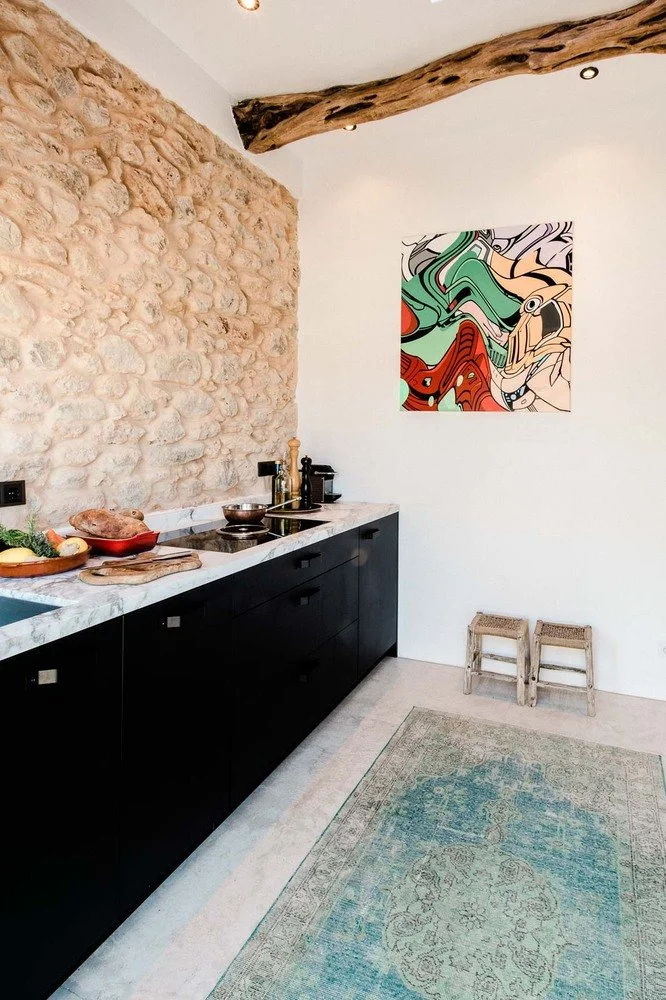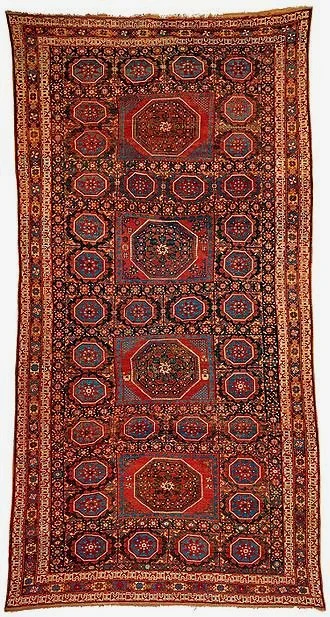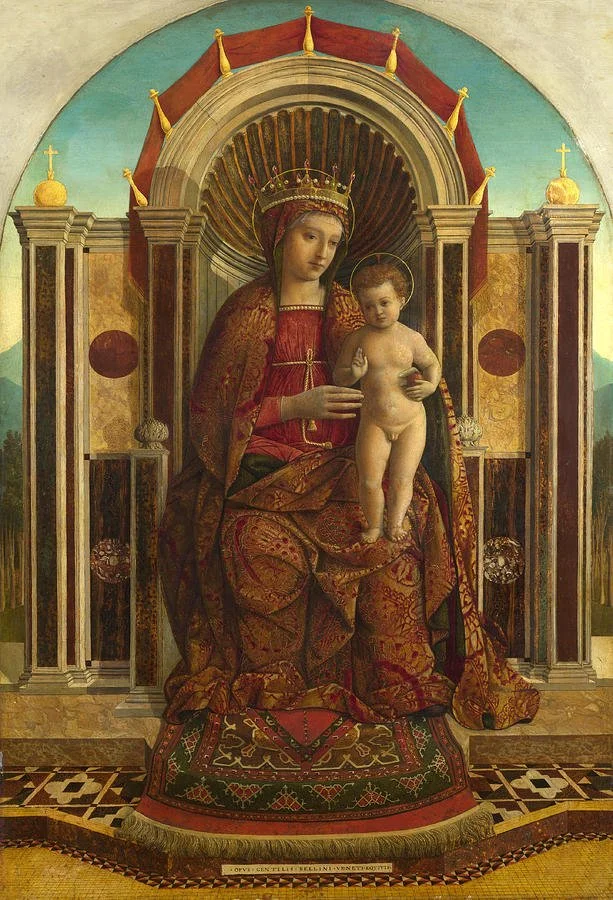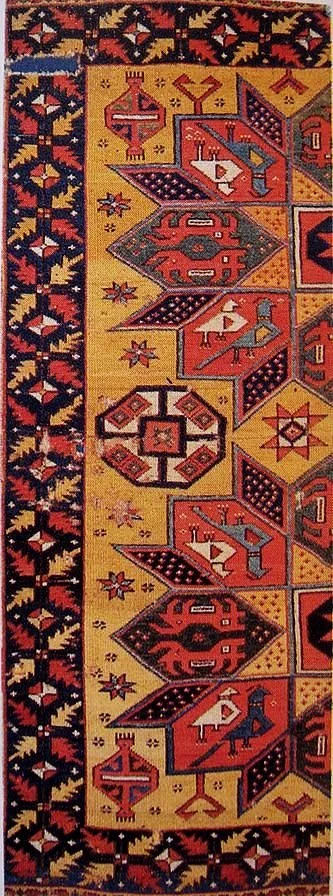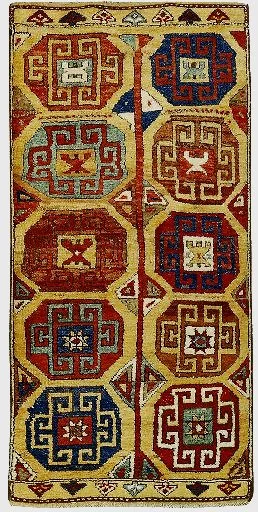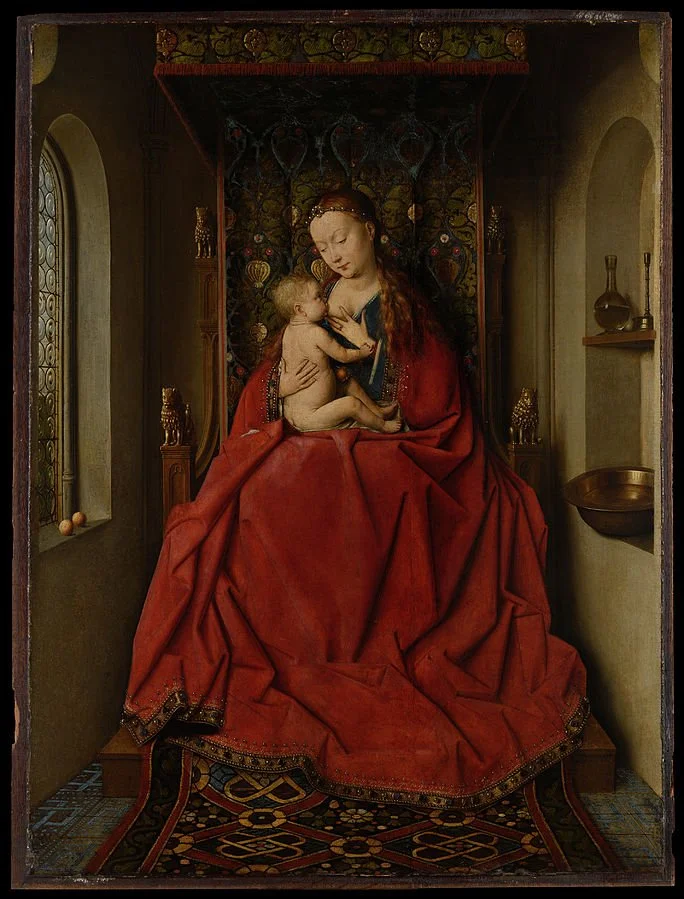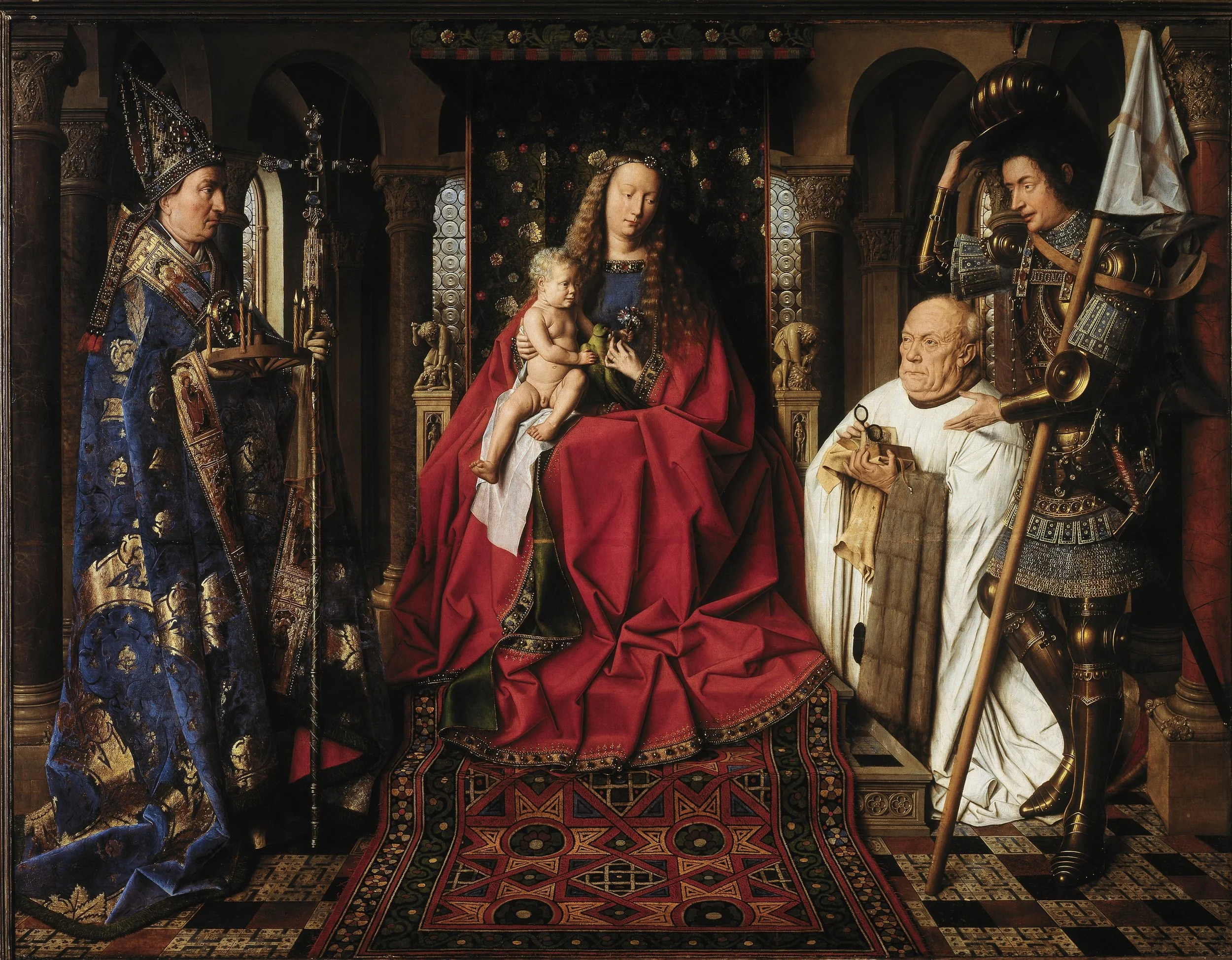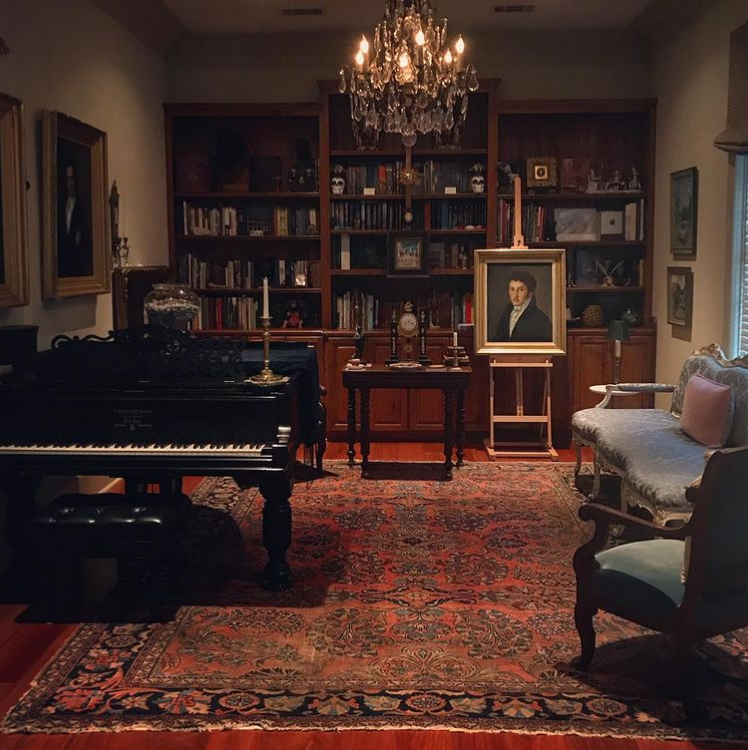THE HANDBAG: No health insurance needed for this instant anti-depressant, physical side effects or co-pay required if you decide to take it out for the day.
The handbag is an extension of the individual, form of creative self-expression, and many times a fashionable security blanket (aka: A bottomless pit of ‘just-in-case’ to ‘life-and-death’ aids for whatever you may scenarios encounter during the day).
Fans and collectors alike consider handbags as more than a precious and necessary accent for their outfit, but refer to them as WORKS OF ART.
Who’s to say they are wrong?
Art isn’t a science. Art is meant to make you feel something - to make you come alive! A handbag certainly inspires joy, confidence, and creativity.
You be the judge, below are some of my favorite handbags next to ‘works of art’.
Red Shift (1990) by Helen Frankenthaler
‘N/A’ (yellow) by Mark Rotheko
Tournament by Helen Frankenthaler
Onde IV (1961) by Pablo Palazuelo
The Death of James Lee Byars (1994) by James Lee Byars
Tuxedo (1982) by Jean-Michel Basquiat
Pascal, State of Grace (1987) by Dorothea Rockburne
Lunatique compact n3 (1996) by Francois Morellet
Kalklijnen Hoek (1971) by Raoul De Keyser
Amrta (2011) by James Turrell
